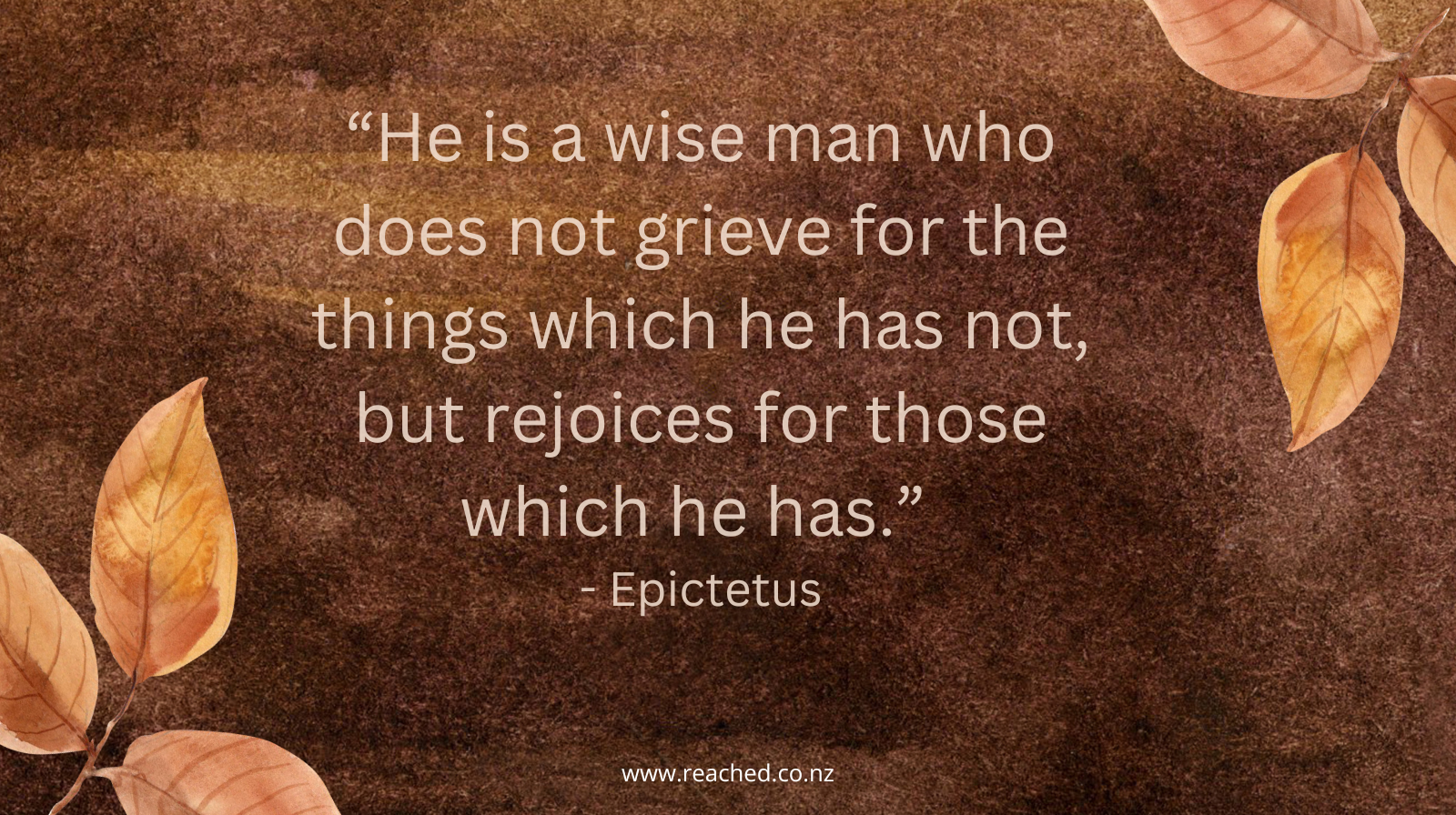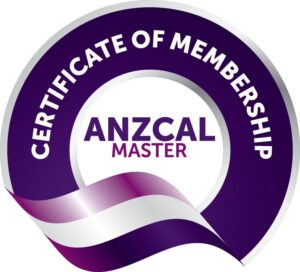In the words of Gorillaz, “you know November has come.”
The eleventh month is a precursor to the Christmas Festive season – traditionally a time of joy, a time to give thanks. Gratitude is more than polite manners or seasonal tradition — it is a practice, a lens through which we can view both the ordinary and the extraordinary. Cicero called it “the parent of all virtues,” suggesting that every other noble quality grows out of thankfulness. For teachers, gratitude is both sustenance and spark. It sustains us when days feel heavy, and it sparks deeper connection with learners, colleagues, and ourselves.
In classrooms, gratitude can transform atmosphere and environment. Neuroscience confirms what philosophy has long intuited: gratitude reshapes the brain. When we acknowledge what is good, even in difficulty, we literally strengthen pathways of resilience and joy. For students, when teachers model gratitude i.e. thanking them for their questions, acknowledging their effort, noticing their growth; they begin to see learning as a gift and not as a burden.
The poet Maya Angelou once said,
“Let gratitude be the pillow upon which you kneel to say your nightly prayer.”
I love this analogy. Imagine, for a moment, the discomfort of hard knees on a hard floor day in, day out. As we fidget uncomfortably, we are distracted from our purpose. We struggle to pay attention to the task at hand. Now imagine this daily habit being transformed by an intentionally placed pillow. Our pain-free knees allows our focus to shift – not to the pillow itself – but to the nightly prayer, to the task at hand! That’s how gratitude makes all the difference. Like the pillow, gratitude enables us to focus on higher levels of consciousness, on our purpose, and on what truly matters most.
Gratitude softens, but it also strengthens. It softens our instinct to complain or despair, and strengthens our ability to notice what is still possible.
This month, gratitude invites us to consider outer and inner perspectives: outwards and inwards, external and internal, social and emotional.
- Outward/external/social — expressed to others. A simple “thank you” to a student who quietly helps another, to a colleague who covers a duty, to a family member who makes our work possible.
- Inward/internal/emotional — gratitude for ourselves, for the resilience we carry, for the dedication we continue to offer even when unseen.
The work of teaching is seldom showered with applause, and gratitude allows us to generate our own recognition. The writer G. K. Chesterton wrote:
“I would maintain that thanks are the highest form of thought, and that gratitude is happiness doubled by wonder.”
Gratitude doubles our joy and magnifies our sense of wonder in everyday teaching moments.
This month, may gratitude become not just something you feel in passing, but something you practice deliberately — in words, in silence, in attention. The more we thank, the more we see what is there in front of us, to be thankful for.
Gratitude is not the denial of hardship; it is the recognition that even in hardship, there is something worth honouring.
Don’t wait to take care of yourself. Your wellbeing matters today. Enrol now:
Overcoming Overwhelm: A Teacher’s Path to Wellbeing
© Gaynor Clarke, November 2025
Gaynor Clarke
B.Ed (Teaching), Cert Tertiary Teaching, PGDip Ed, MEd Leadership
Reach.Teach.Lead.
Reach Education Ltd
Teacher Leadership Mentoring and Life Coaching. Personal and Professional Development.
Gaynor is a teacher educator and mentor facilitating personal & professional leadership wellbeing outcomes for teachers.








Leave a Comment
You must be logged in to post a comment.